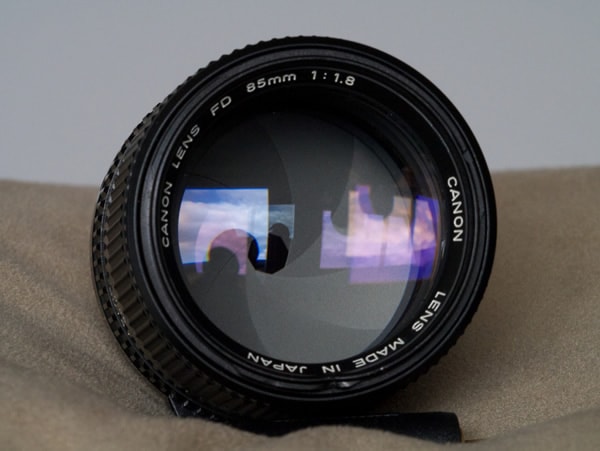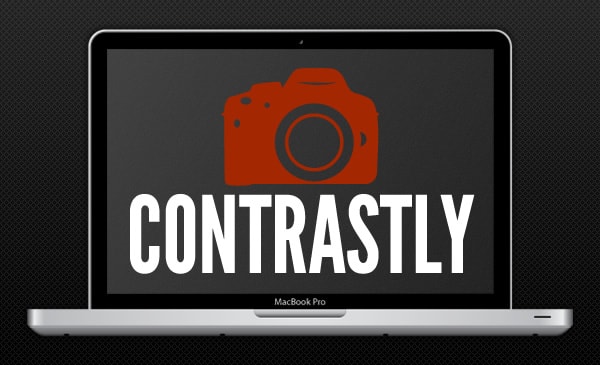How To Set Up Your Photography Business
A major problem for many of those interested in becoming a photographer is that they have little or no idea how to set up a business. Having a creative talent doesn’t necessarily lead to business acumen.
Setting up a business can be a perilous journey, so this article attempts to cover some of the basics, and will hopefully help you avoid making any expensive mistakes.
It’s obviously impossible to cover everything in one article, but let’s concentrate on the salient points.
Startup Costs

photo by Nick Ares
Unless you’re planning to get a job as a staff photographer (a fairly rare and elusive position in today’s climate) the first thing you need to accept is that setting up a photography business is going to cost money.
Whether you have a part-time job, can find a grant or friends and family to help you, or take out a bank loan, you will inevitably need some way of funding to get you started. As business takes off, you’ll obviously be able to reinvest money into the business.
Necessary Gear

photo by Edvvc
At a bare minimum, you will clearly need some camera equipment! A decent DSLR is a must, but more important are good lenses. Digital camera bodies are pretty much obsolete the minute you walk out of a store, but lenses can last you a lifetime.
It’s worth saving up for good glass and optics, although these lenses don’t always have to be bankrupting. For instance, Canon do 3 version of their 50mm lenses, starting at around $110 for the f1.8, $570 for the f1.4, and right up to almost $2000 for the f1.2.
I use the f1.4, but if I was on a budget I’d seriously consider the f1.8 as it’s a brilliant little lens (as long as you remember to use it at a maximum of f2!). What lenses you choose will depend on what kind of photography you’re doing. In addition you’ll need a decent flashgun (or possibly studio lights), a tripod and a good computer, printer, editing software (such as Adobe Photoshop) and a decent backup hard drive.
Getting The Word Out There

photo by floeschie
Once you’ve started taking photographs for money, you may need to start advertising to grow your business. You will need decent business cards printed out – most photographers use postcard sized cards (A6) as it allows images to be displayed at a decent size.
But normal sized cards are, of course, also useful and acceptable.
Online Presence & Website

The other key thing you will need in today’s times is a good website. When you work in a visual medium, having a website is absolutely essential.
You cannot get away without one – potential clients need to be able to see examples of your work. There are a lot of ‘build your own’ templates available, but discussions amongst my fellow professionals have led me to believe that these are a false economy.
Those who have used them have found that they are often plagued with problems and they do only offer a limited number of options, which makes it difficult to stand out from the crowd.
Therefore, I’d highly recommend saving up to hire a web designer to design a unique site for you. It’s worth taking your time and doing your research to find a designer who understands your aims and whose work you like.
There are a couple of things that I believe are essential for any website – firstly, it needs to work not only on computers, but also on mobile phones and tablets, which are becoming an increasingly popular way to view sites.
And secondly, make sure you get your designer to integrate a content management system (CMS). Something like WordPress, ExpressionEngine or even a simpler system like SquareSpace will do the trick. All this means is that you can update the site yourself, which is very useful for a photographer as you’ll want to keep your work fresh.
A quick note on portfolios. If you’re hoping to work as an editorial photographer, a lot of editors will still prefer to see a traditional printed portfolio.
But the trend is swinging evermore towards showing your work on tablets like the iPad. Neither is a particularly cheap option, but when you start out you can cut the costs by just showing individual prints kept in a print box.
Advertising & Marketing

photo by West McGowan
Where you advertise will vary from country to country. In the UK, for example, the site I get the most work from is photographers.co.uk. It’s probably not surprising, as this is a logical address for most people looking for a photographer in the UK!
Another thing that I’m a big fan of is referral networking, whereby you join a group of businessmen and women for weekly meetings, but you’re the only photographer in the group.
This is the only type of networking group I’ve found that works. Of course, the very best form of advertising remains word of mouth. Most photographers start out by getting business off friends and family and, by getting them to recommend you on, your business can grow very quickly.
Accounting & Money

photo by Ken Teegardin
The single best piece of advice I was given when I started my business was to ‘get a good accountant’. I’m not particularly gifted with numbers (!) so my accountant is a godsend.
He saves me huge amounts of time and money, and of course knows many legal tricks and tips that I would never be aware of. If you don’t get your tax right, you may get fined and this can be expensive. You should not skimp on the accounts side of things. My accountant was recommended by a friend with his own company, so I knew he was reliable. In addition to sorting out your accounts, it’s also essential that you deal with legalities.
Again, this will vary from country to country but you’ll need to make sure that you have the correct public liability insurance if you’re working with members of the public. And make sure your equipment is adequately insured!
Copyrights

photo by opensourceway
Do make sure you have thoroughly understood copyright. Never, ever sell the copyright of your images! Different clients will ask for different ‘rights’ to the photos (how, where and for how long they can use the images) but ownership should always remain with you, the photographer.
Conclusion
Finally, I think the most important thing to remember when you set up your business is to be friendly and approachable to everyone you meet and work with. I’m very lucky to have made many good friends over the years, who provide me with work and some very good discounts. Working as a sole trader can be isolating, so it’s important to make good connections.
Hopefully this article will give you some pointers as to where to start, and you’ll be on the way to a successful business in no time.
